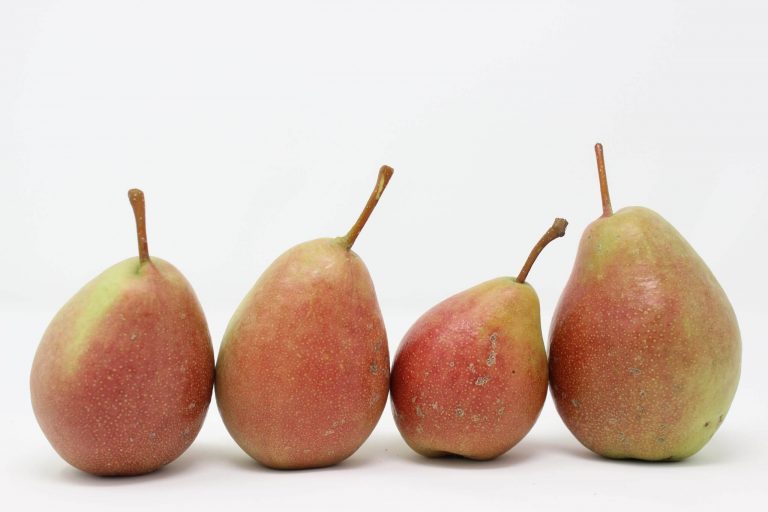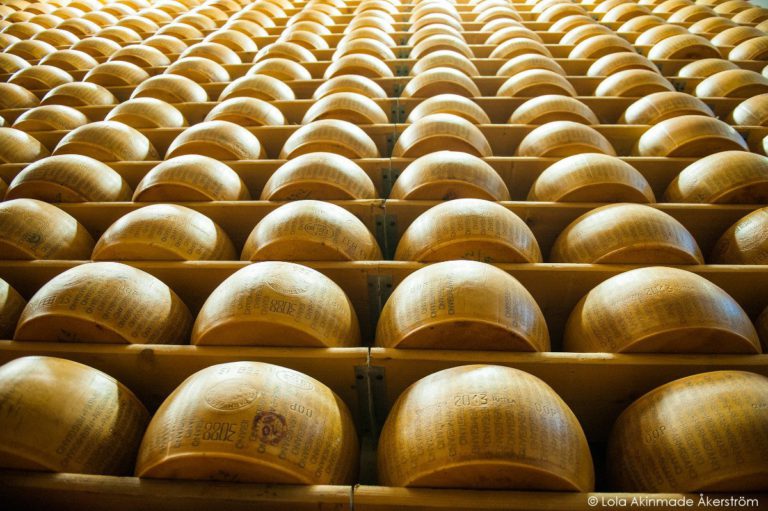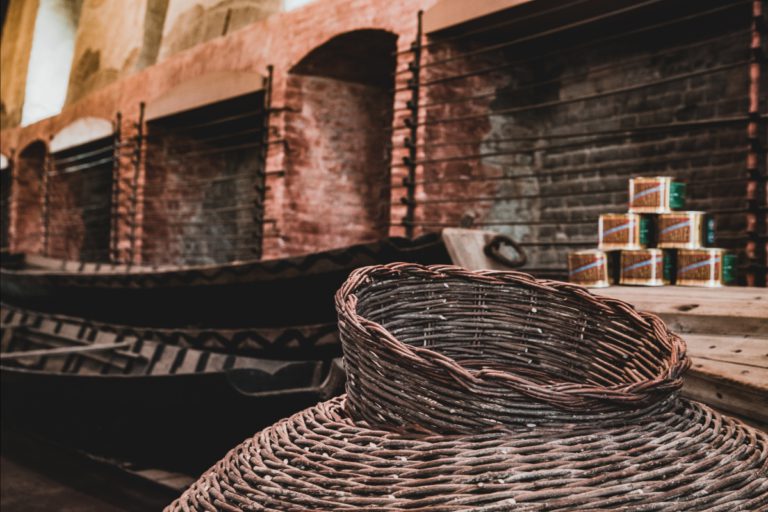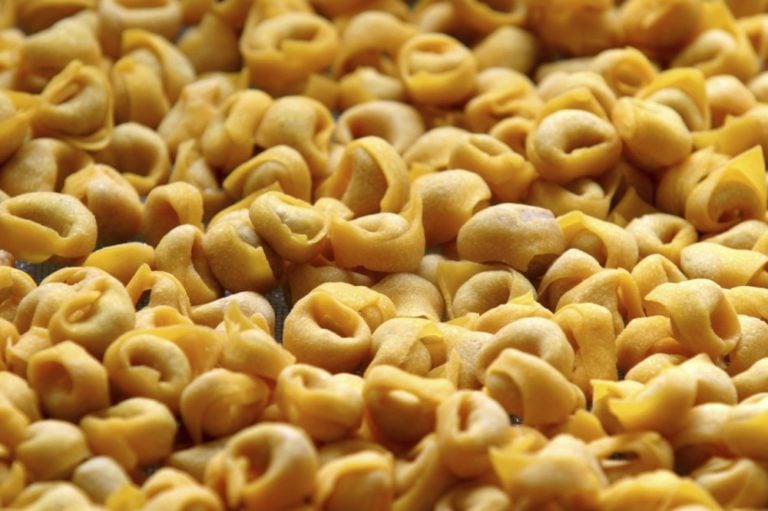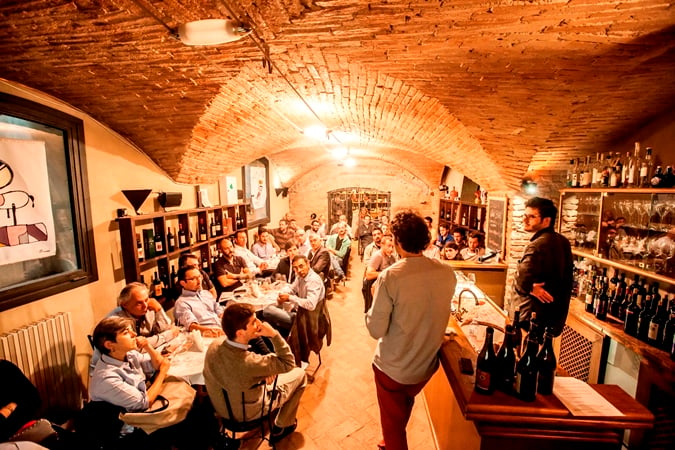With its 44 PDO and PGI products officially registered, Emilia Romagna is the Italian Region with the largest number of European origin certification.
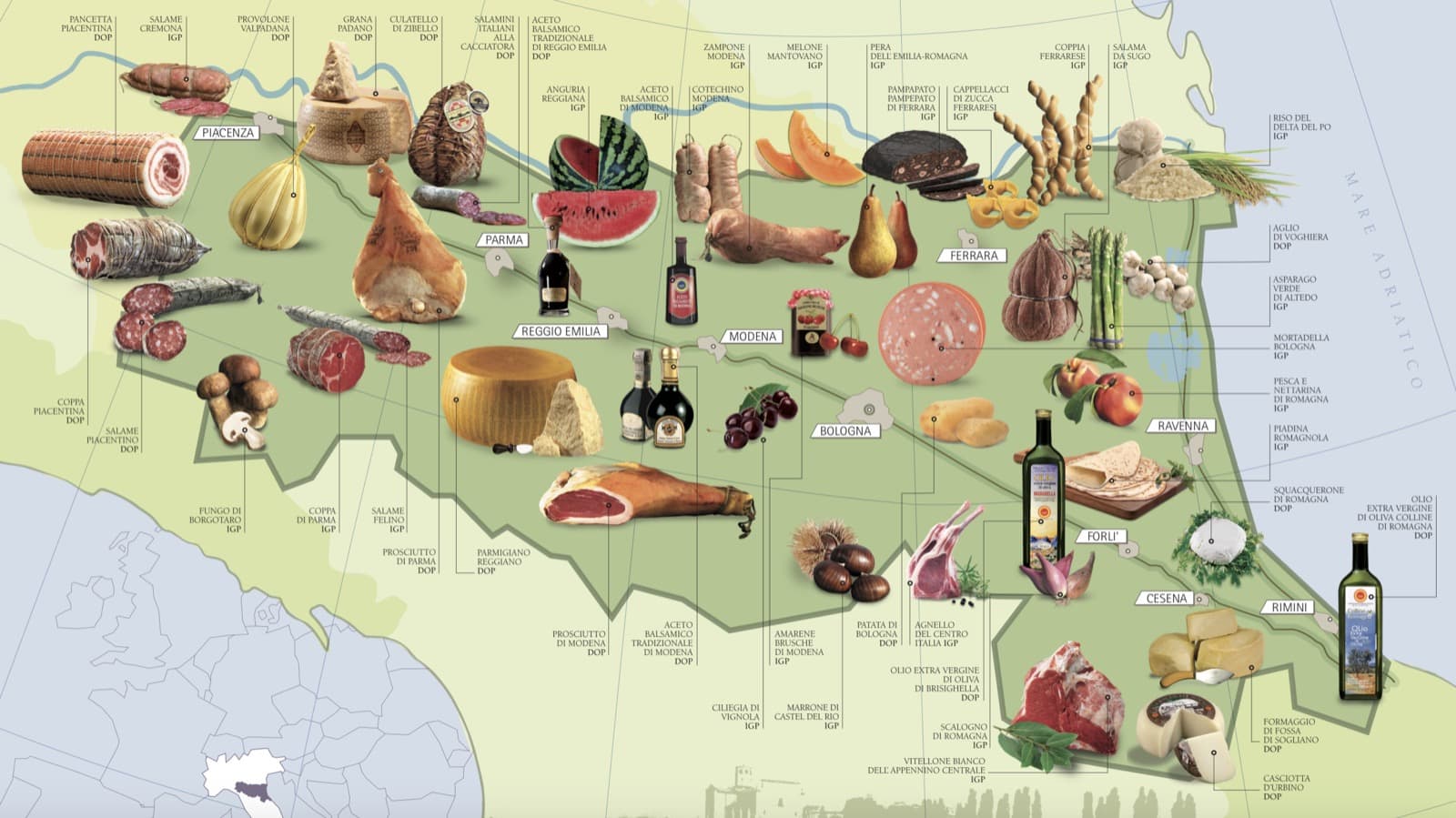
But very rarely food and mathematics run together, so today we would like to tell you a little more of these special products of our land. Production areas, histories and facts about some of the lesser known products of Emilia Romagna region and which represented Italian excellence appreciated abroad.
Here, where once there were forests and grasslands undermined by the water of mountain rivers has come to light a land, the most fertile of the boot, which has been able to build first a national food culture.
Voghiera PDO Garlic
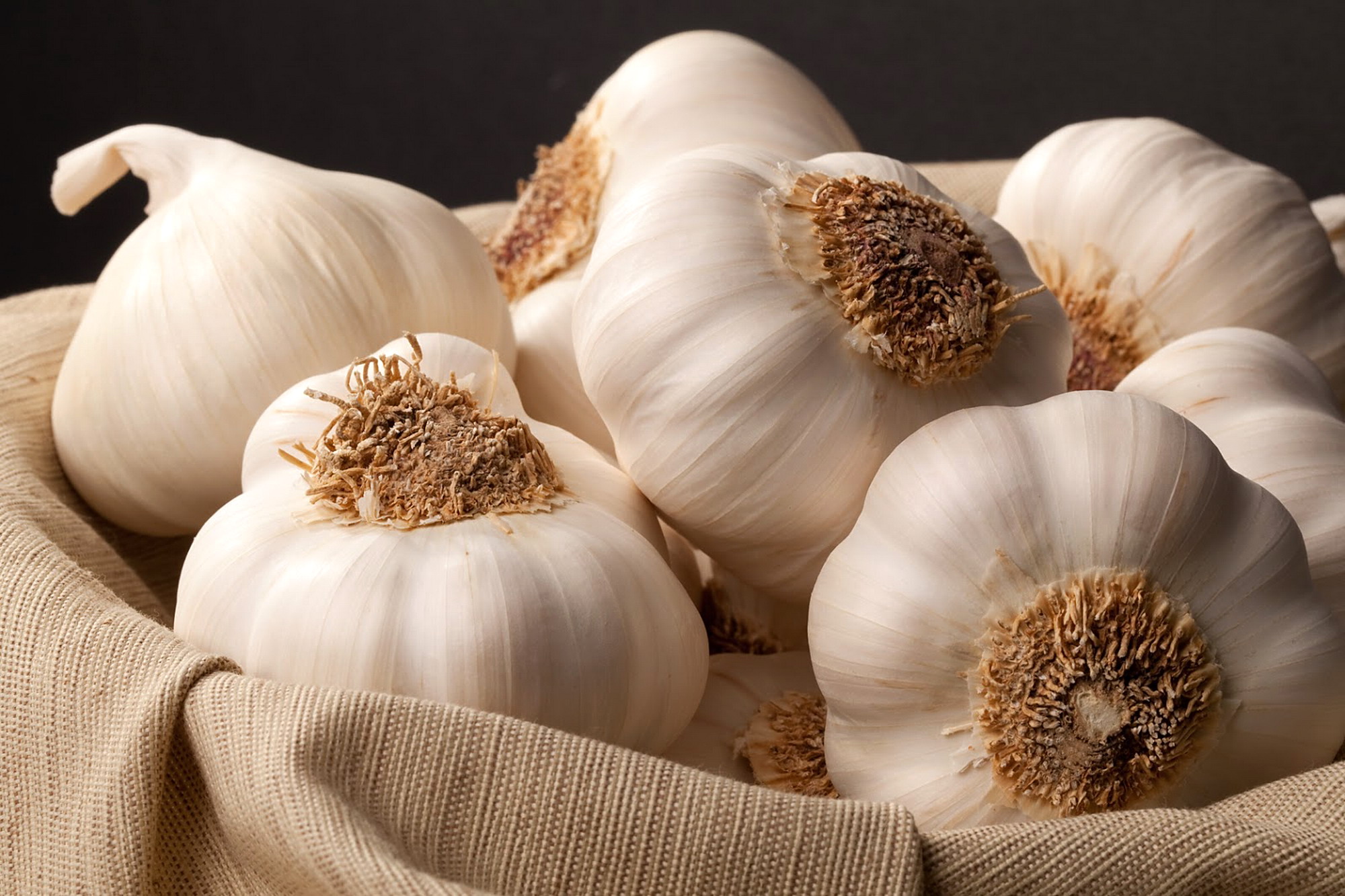
Production Area
Province of Ferrara
History and facts
We are in the province of Ferrara, in what was once a key exchange zone to the whole Europe. Following the Po river, it was possible to reach the northern Italian towns, while the port of Classe was a great landing place for the merchants from the south. In this context were the Este to revive agriculture in the territory of Voghera, encouraging salad crops, grasses, herbs and garlic crops that today still constitute the majority of the local productions.
Recipes and uses
Renowned for its sweet taste, delicate and fresh, it is the prince dressing for one of the national myths, the “Soffritto”. Real speciality at the base of many dishes, “Soffritto” is a peculiarity all Italian, and as such, it is studied and envied abroad.
It boasts countless attempts at imitation but his secret is hidden in the individual parts that make it up: garlic, onion, celery and carrot are in fact products of our land that only in our country grow lush and fragrant at the right point.
Info
Black Cherries from Modena
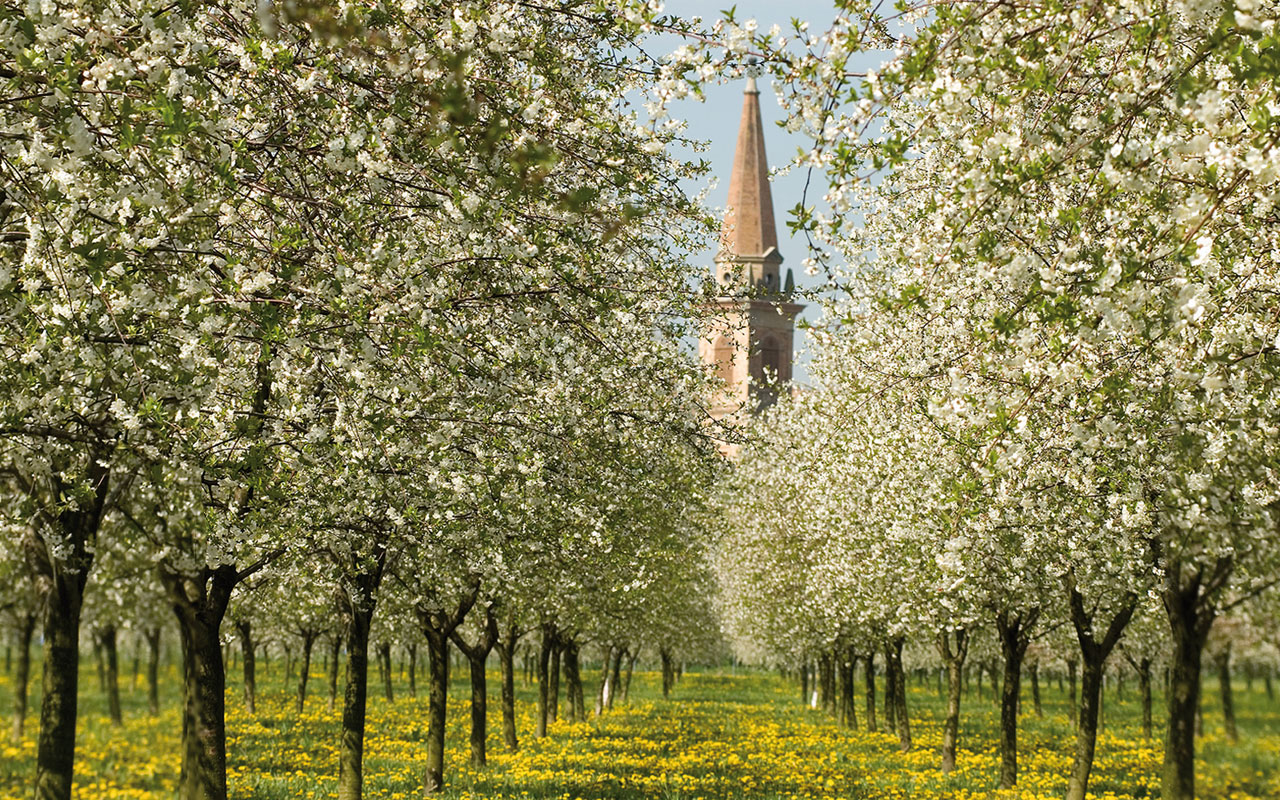
Production Area
Throughout the Province of Modena
History and facts
Its origins can be traced back at least to the Renaissance and its production in the territory is documented by a substantial bibliography. Later, in the nineteenth century, the famous Pellegrino Artusi in his recipes book gives directions on how to get the typical tart with sour cherry jam which, thanks to their sharp flavour, give to this dessert a unique connotation.
Recipes and uses
Characterized by the distinctive sour taste, it can be enjoyed in the natural, as a dessert, or used for the production of cakes and pies. It is also very appreciated in conjunction with the vanilla ice cream.
Info
Consortium of Sharp Black-Cherry Producers of Modena
Mushroom from Borgotaro PGI
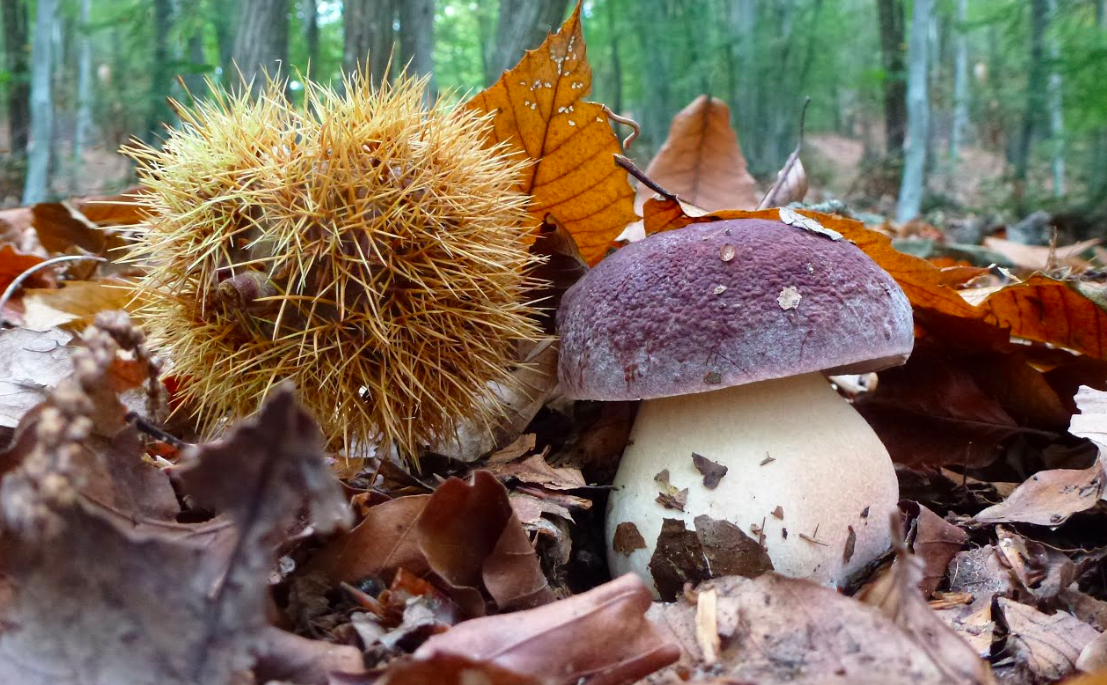
Production Area
The Borgotaro mushroom comes from the forests of the municipalities of Borgo Val di Taro and Albareto, in the province of Parma, and of Pontremoli, in the province of Massa Carrara (Tuscany).
History and facts
The first information on the collection of the Mushrooms in the hilly and mountainous area of the province of Parma coming from sixteenth century. For its strong flavour, the mushroom of Borgotaro was often the protagonist of the recipes of the Duchy of Parma and Piacenza.
Recipes and uses
The ideal ingredient for the preparation of traditional dishes such as tagliatelle with mushrooms is also ideal for many uses in the kitchen as sauces for pasta, stuffed pasta, salads and main courses.
Before drying them is better not to wash them, but only clean the outer surface, cut into slices and expose them to the sun for a few days on a wooden board. Alternatively, the Mushrooms can also be frozen, in which case it should be first boiled, to avoid that during thawing they lose their water.
Info
Castel del Rio Chestnuts
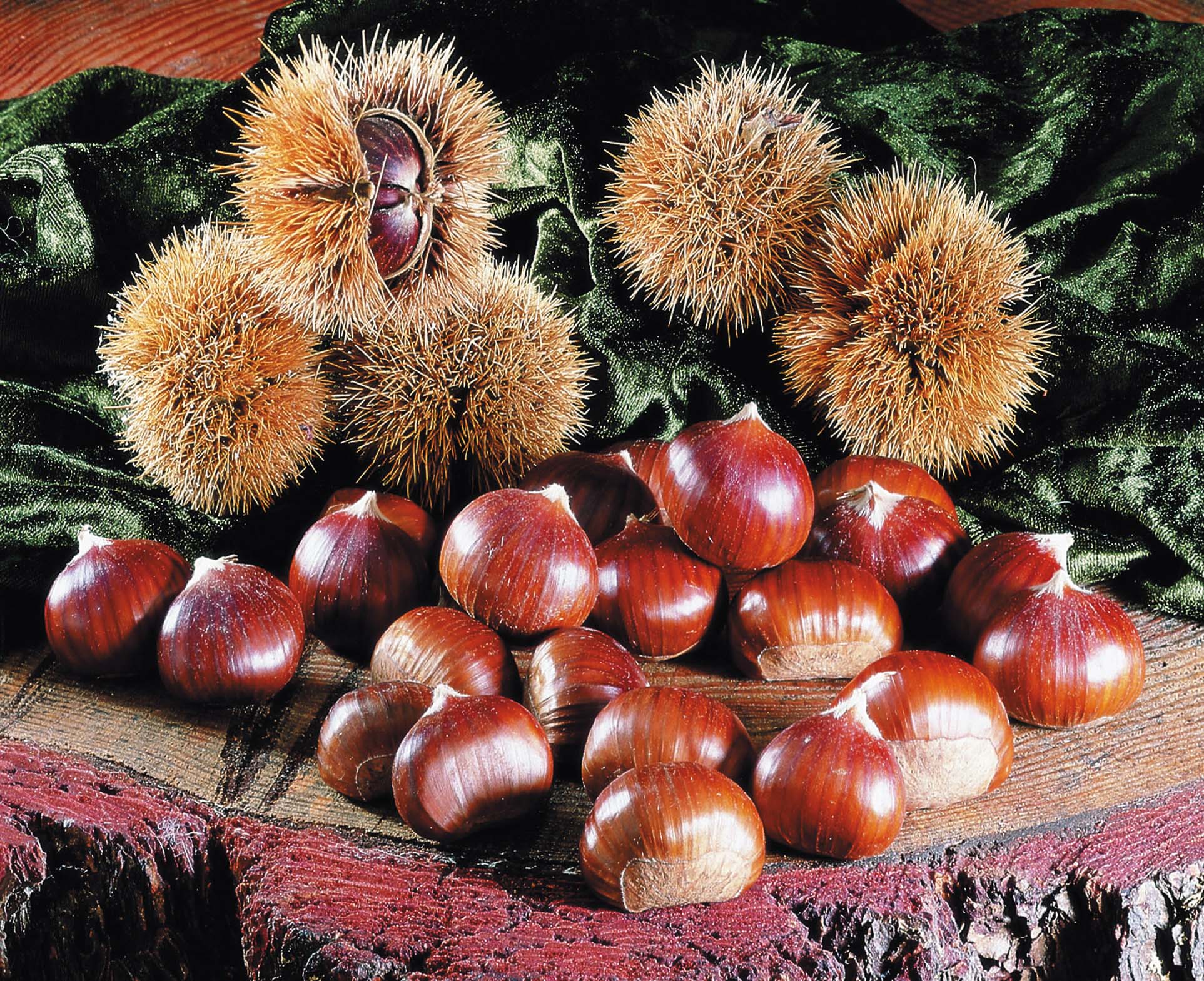
Production Area
It includes the towns of Castel del Rio, Fontanelice, Casalfiumanese, Borgo Tossignano.
History and facts
The chestnut is not a native plant in Emilia Romagna and its spread in Europe began in antiquity and continued through the Middle Ages with the labour of the monastic orders. The purpose of the introduction of the Chestnut in Emilia Romagna had, in fact, a dual function: it was an excellent food source rich in starch and had a very high-quality wood.
Recipes and uses
With Chestnuts from Castel del Rio are preparing mainly the famous “Caldarroste”, a typical dish of autumn.
The recipe suggests to make an incision with a sharp knife in the convex part of the chestnut, then cook them in the famous holey pan. When cooked, remove from heat and wrap them in a cloth, pressing lightly so as to peel off the skins.
A homemade cooking method involves cooking the chestnut in the oven at 140-150 ° C for 30-40 minutes.
Our Advice
Chestnuts from Castel del Rio PGI
Extra Virgin Olive Oil from the hills of Romagna
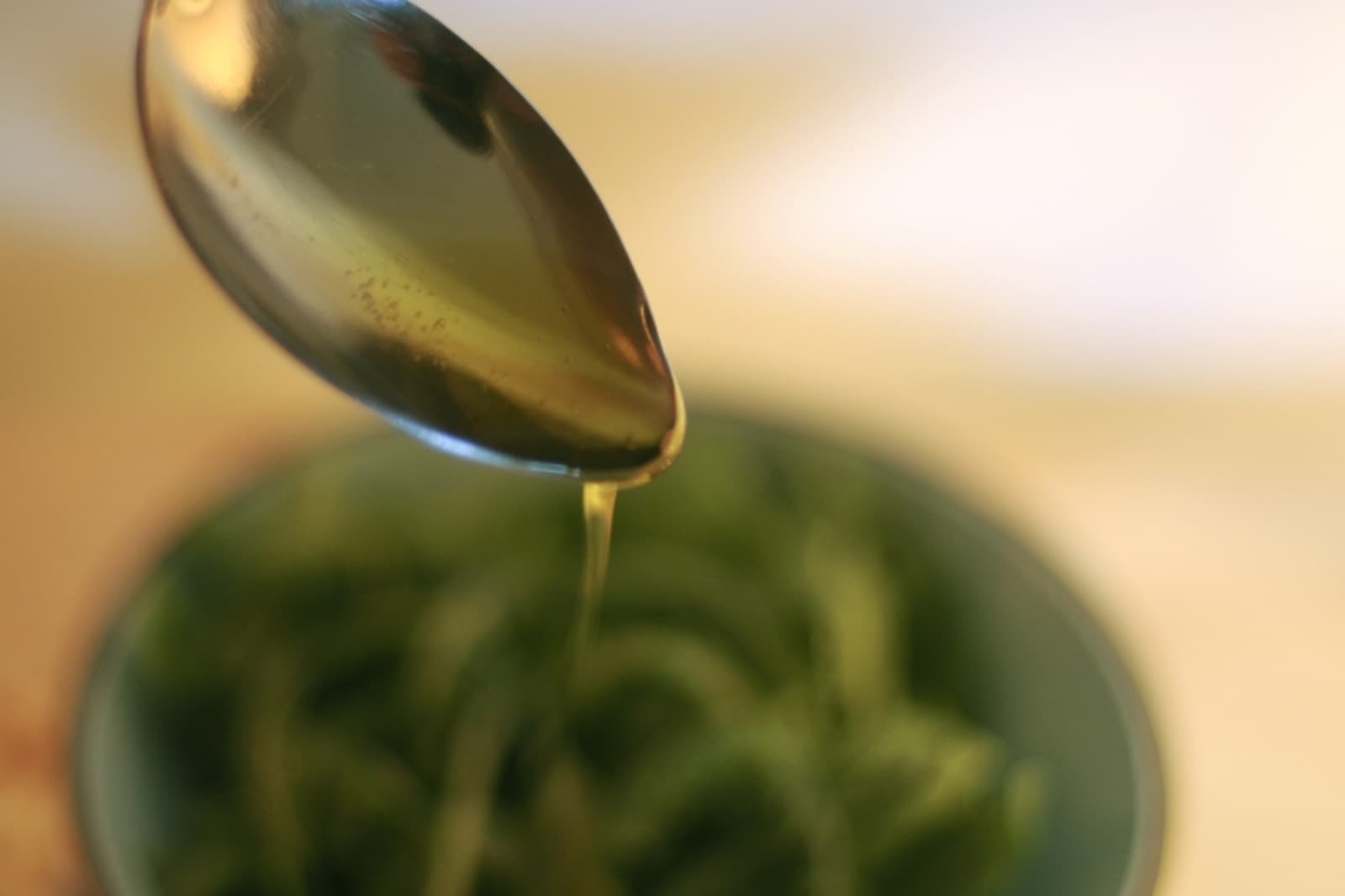
Production Area
The processing area and production of this olive oil comprise two provinces: Forlì-Cesena and Rimini.
History and facts
The presence of the olive in the first hills near the Adriatic coast has a very deep origin which seems to date back to the Etruscans.
Even in the Middle Ages, numerous archival sources indicate the presence of true olive groves and its own in the hilly countryside near Santarcangelo di Romagna and in the Rimini area. Still today the collection of olives is manual, to avoid that the olives are in contact with the soil and the subsequent transformation of olive oil is a major operation that must be performed within two days of collection.
Recipes and uses
The extra virgin olive oil Dop Romagna Hills is excellent both raw and for cooking. Ideal for salads, added raw on vegetable soups, for mayonnaise, fish or seafood salads, white meat to jump. Generally, the first approach to the tasting is the bruschetta.
Info
Extra Virgin Olive Oil of Romagna Hills
Po Delta rice PGI
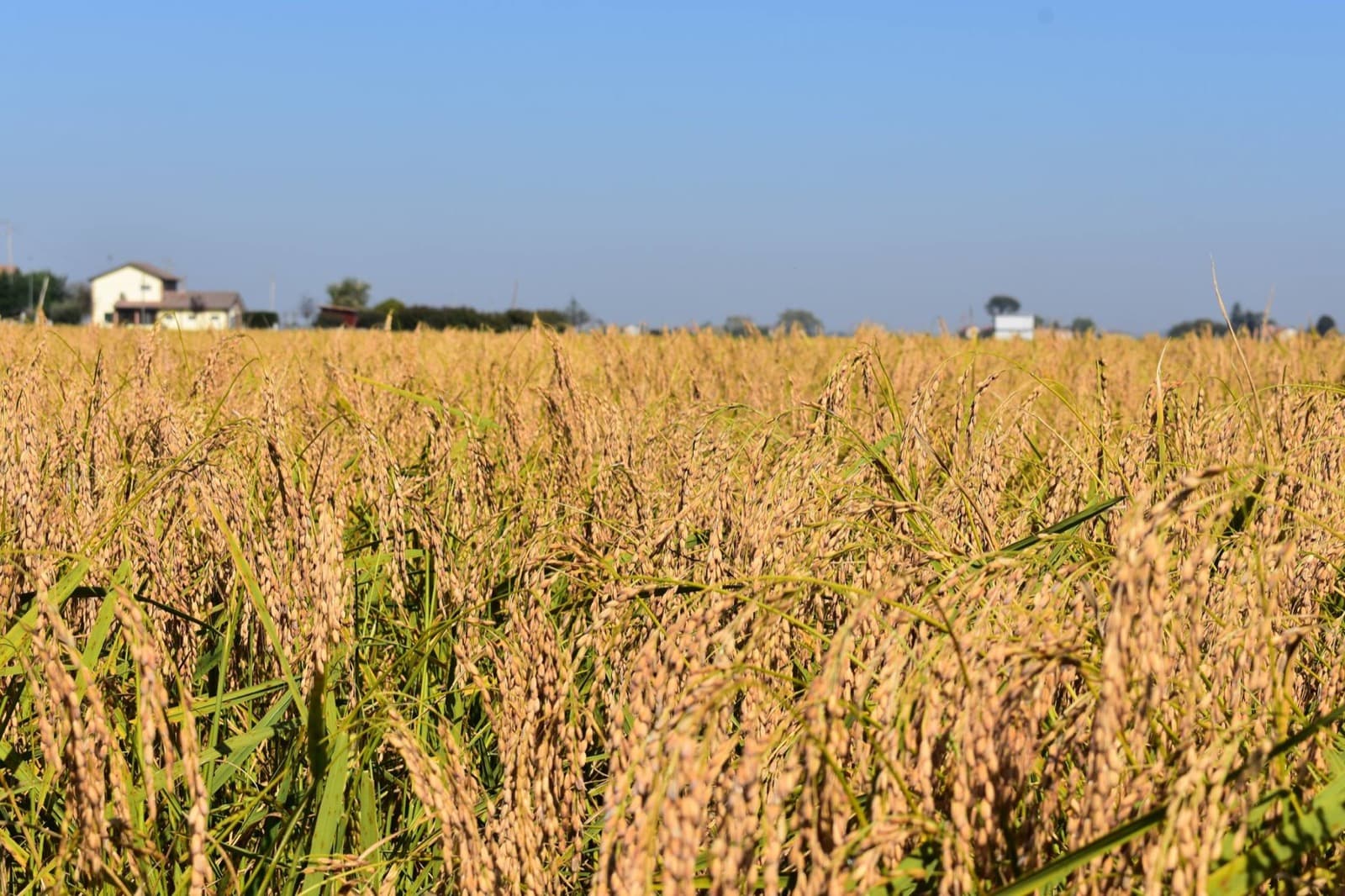
Production Area
It spreads across the extreme eastern cone of the Po plain between the Veneto and Emilia-Romagna regions, in the territories of the Po River.
History and facts
Rice is one of the oldest food plants and it is native to Southeast Asia.
The introduction in Italy seems to have occurred first in the south by the Arabs and Spaniards. The cultivation of rice in the Po Delta dates back to 1400, although the extensive production is organized and developed only in the sixteenth century through the work of the Este family, who managed to take advantage of the marshy land that would otherwise have been abandoned. A few decades after the spread of rice in the Po Valley (1450) appears the first documentation of the presence of crops in Polesine, in particular in the Po Delta territory, since the cultivation of rice was closely linked to the reclamation and represented the first stage in exploitation of agrarian land.
Today the Po Delta rice fields cover about 9,000 hectares of land.
Recipes and uses
Rice is a kind of food versatile in all the preparations and with it is possible to prepare an entire meal. But you must know how to choose the right type for each dish. Are many, in fact, the variety available in the market, each with its own characteristics and different cooking behaviour.
Info
Author

Walter Manni
Explorer and Adventurer: loves sailing the oceans, climbing the highest mountains and surfing on the waves of the web
You may also like

Interested in our newsletter?
Every first of the month, an email (in Italian) with selected contents and upcoming events.
5 food experiences not to be missed in Emilia Romagna
by Elisa Mazzini /// September 6, 2016
